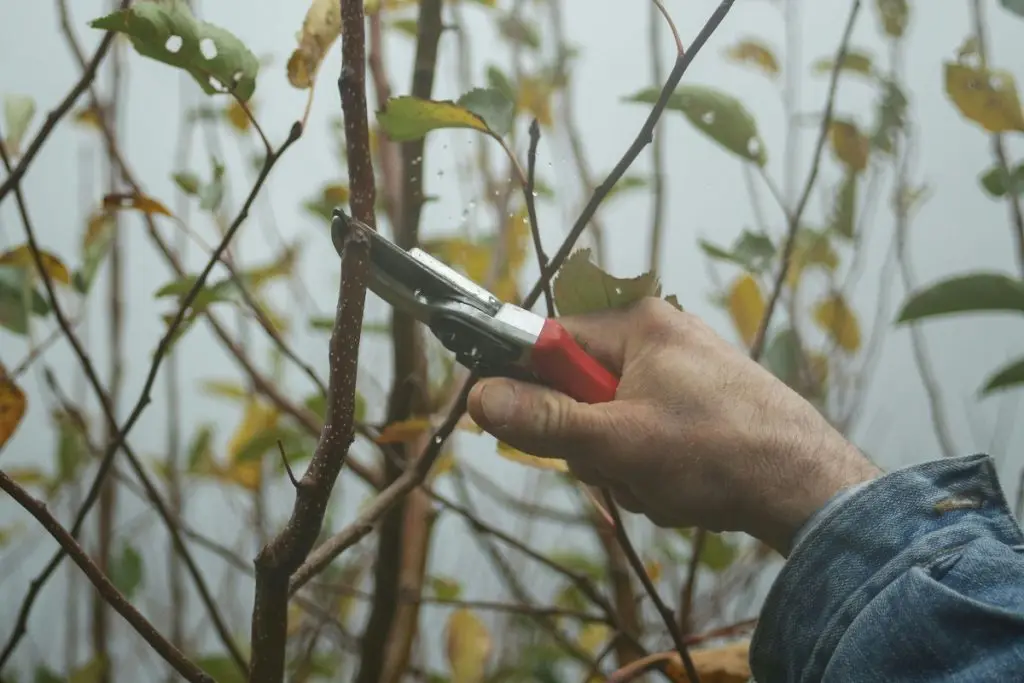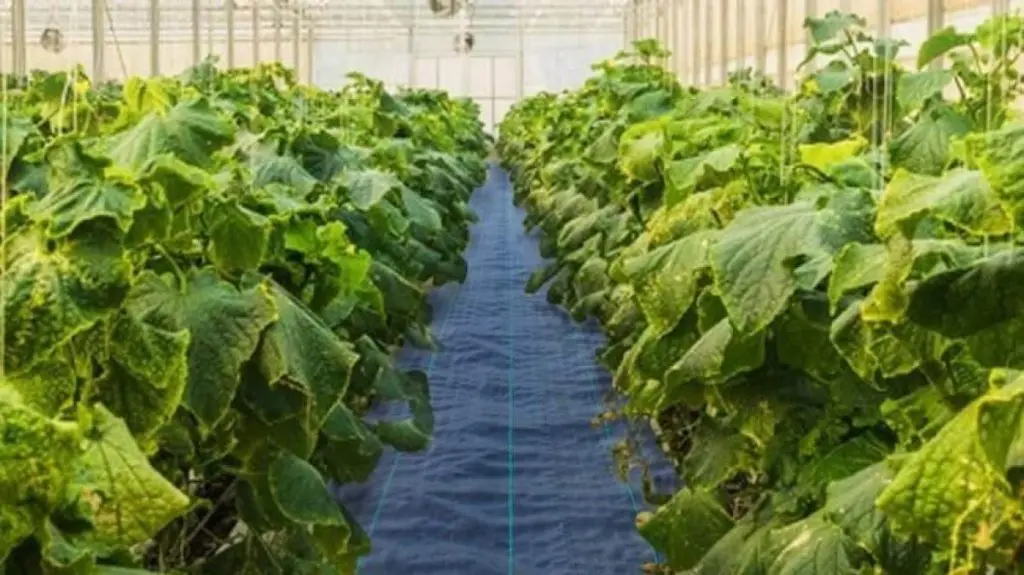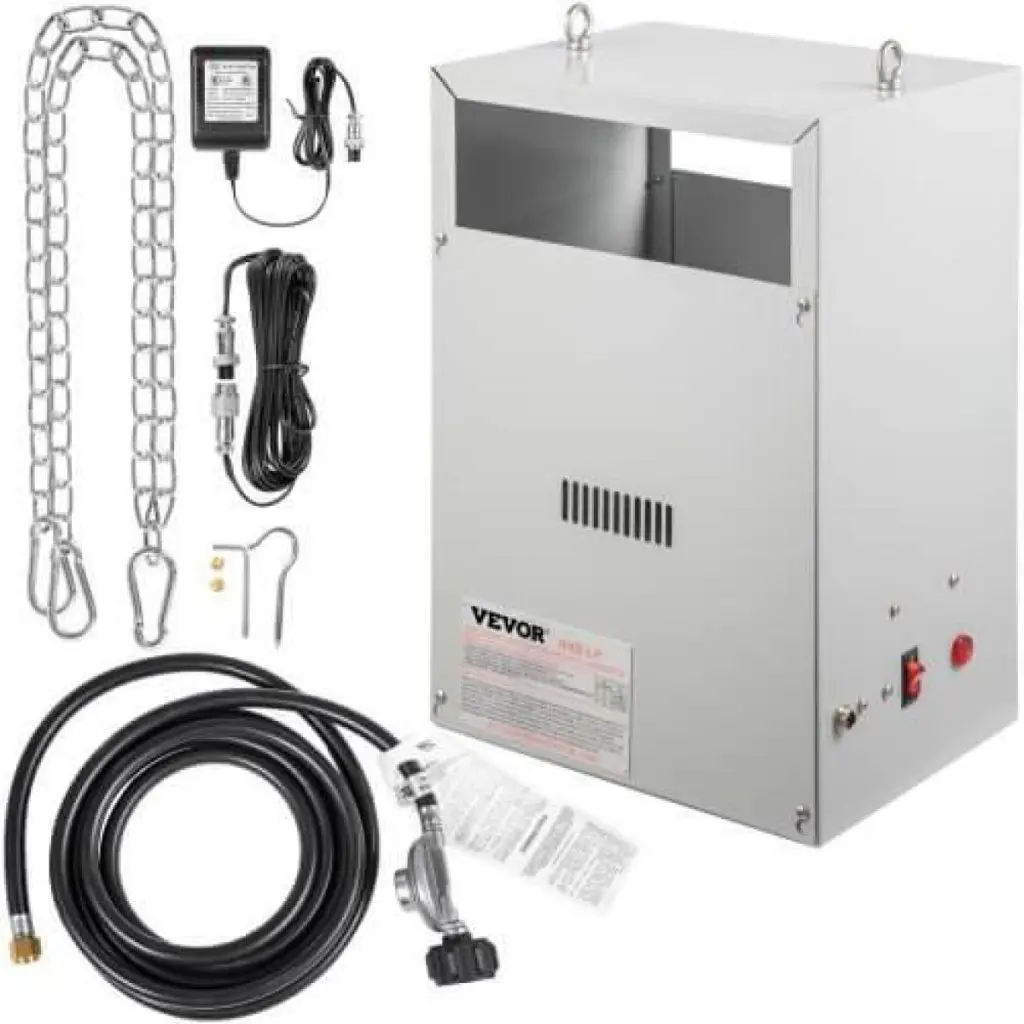Have you ever wondered if these words “tree trimming” and “tree pruning” refer to the same operation in the arboricultural space? Well, you are not alone. While both involve giving your trees tender care, they’re not the same.
Tree pruning involves removing diseased or dead parts of the tree to prevent the spread of diseases, while tree trimming is done to improve the overall aesthetic of your tree to meet your taste.
Think of them as gardening operations belonging to the same family but with different goals. If you’re curious about cracking this tree-care code, stick around!
This article will endow you with sage wisdom on the differences between tree pruning and tree trimming and the appropriate tools to use one of which is the VEVOR tree pruner.
Table of contents
What is Tree Pruning?
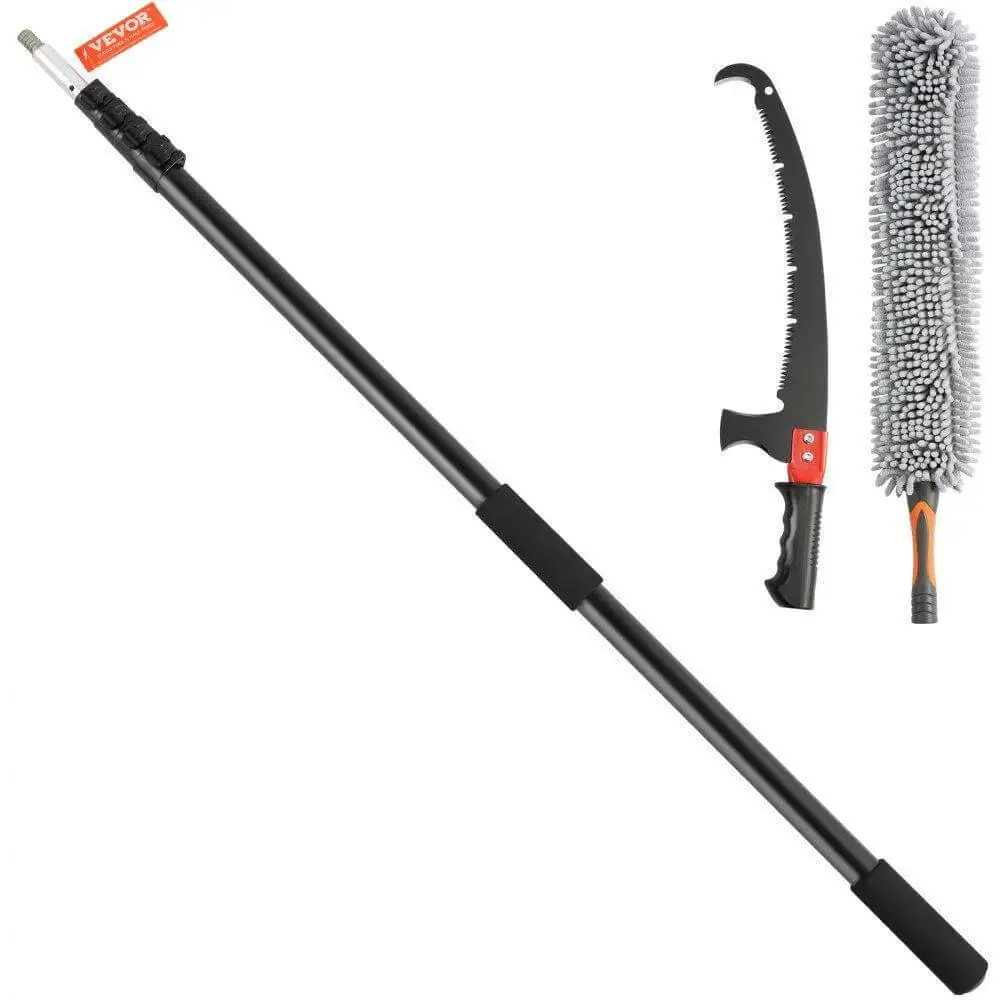
Tree pruning is essential for keeping trees healthy, looking good, and safe. It’s basically about removing branches or bits of a tree and cutting them off to make the tree grow better and prevent potential problems.
Doing this right means having first-hand information on how trees grow and ways to cut them for the best outcome.
Now that you know what tree pruning is all about, it’s time you get introduced to pruning tools like hand pruners and cool pole pruners that allow you to reach high without breaking a sweat. These tools assist in making tree pruning easier.
Tools Used For Pruning
- Hand Pruners: These are tools for cutting small branches and twigs. They can either be bypass pruners, which work like scissors, or anvil pruners, which have a blade that closes against a flat surface.
- Loppers: Loppers are designed for cutting larger branches that may prove too difficult for hand pruners. They have longer handles to provide leverage when chopping thick branches.
- Pruning Saws: Pruning saws feature a curved or straight blade with sharp teeth designed to cut through thicker branches efficiently. They come in various sizes and are suitable for larger pruning tasks.
- Pole Pruners: Pole pruners allow reaching higher branches without ladders or climbing. They consist of a pruning head attached to a telescopic pole, enabling users to prune branches at different heights.
- Chainsaws: In addition to being powerful tools for cutting large branches, chainsaws are also effective when taking down an entire tree. However, operating them requires proper training. Also, safety precautions must be adhered in order to operate effectively.
Tree enthusiasts and homeowners can keep their trees in check by learning how pruning works and using the right tools.
You can get a multipurpose VEVOR tree pruner with eight detachable poles made of epoxy resin and alloy steel. Its total length is 26 ft/8 m, while a single pole can go as high as 3.28ft /1m.
The pole pruner has 26 saws, which are 0.04”/1m wide and 13.39”/34cm long, while the hand rope length is 6.56 ft/2 m. It also comes with scissors for pruning, an interesting green color, and a canvas storage bag.
Let’s move on to understand what tree trimming is all about.
What is Tree Trimming?
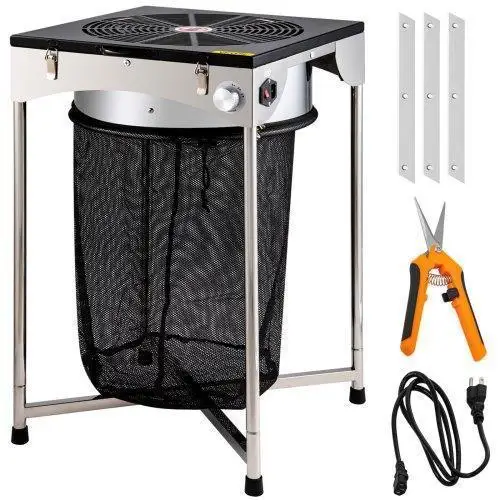
Source: VEVOR US
Trimming refers to the process of removing excess branches to keep things looking neat. You could think of it as the process of giving your tree a haircut to make it look nice and clean. After a good tree trimming operation, the leaves left behind tend to grow back faster and thicker than if you had left the plant alone.
One major reason people trim trees is to keep them from getting too big and out of control. It’s a shape-up to keep the plant growing within boundaries and looking aesthetically pleasing.
Here is where VEVOR tree trimmers come in. These tools up your gardening game and ensure your trees are always clean. Here are some must-have tree trimming tools.
Tools Used For Trimming
- Safety Gear: Safety gear includes gloves, goggles, helmets, and protective clothing essential for protecting oneself while operating trimming tools.
- Climbing Gear: For professionals who engage in tree climbing while trimming branches and leaves, climbing gear such as harnesses, ropes, and climbing spikes are crucial for safety and stability.
- Hedge Shears: While primarily used for trimming hedges, hedge shears can also be handy for shaping smaller branches and shrubs on trees.
- Pole Saws: Similar to pole pruners, pole saws feature a chainsaw head attached to a long pole, allowing for efficient cutting of higher branches without needing a ladder.
- Grafting Tools: Grafting knives and tapes are tools used for tree maintenance, such as grafting new branches onto existing trees or repairing damaged limbs.
If you buy a VEVOR telescopic pole saw, you’ll get multiple tools in one item. It’s lightweight at 3.3 lbs with an SK5 steel cutting blade and a 1mm thick 65Mn spring steel saw blade. It has an expandable grip of up to 40mm and a comfortable sponge handle for a firm grip.
The VEVOR Pole Saw has a 4-stage adjustable tube that guarantees you’ll reach any branch height without climbing a ladder. Finally, its pulley design and nylon rope multiply your effort four times, making it less work for maximum results. Indeed, you can’t pass that up.
Now, let’s place trimming and pruning side-by-side to clarify the differences.
Pruning vs Trimming: What’s The Difference?
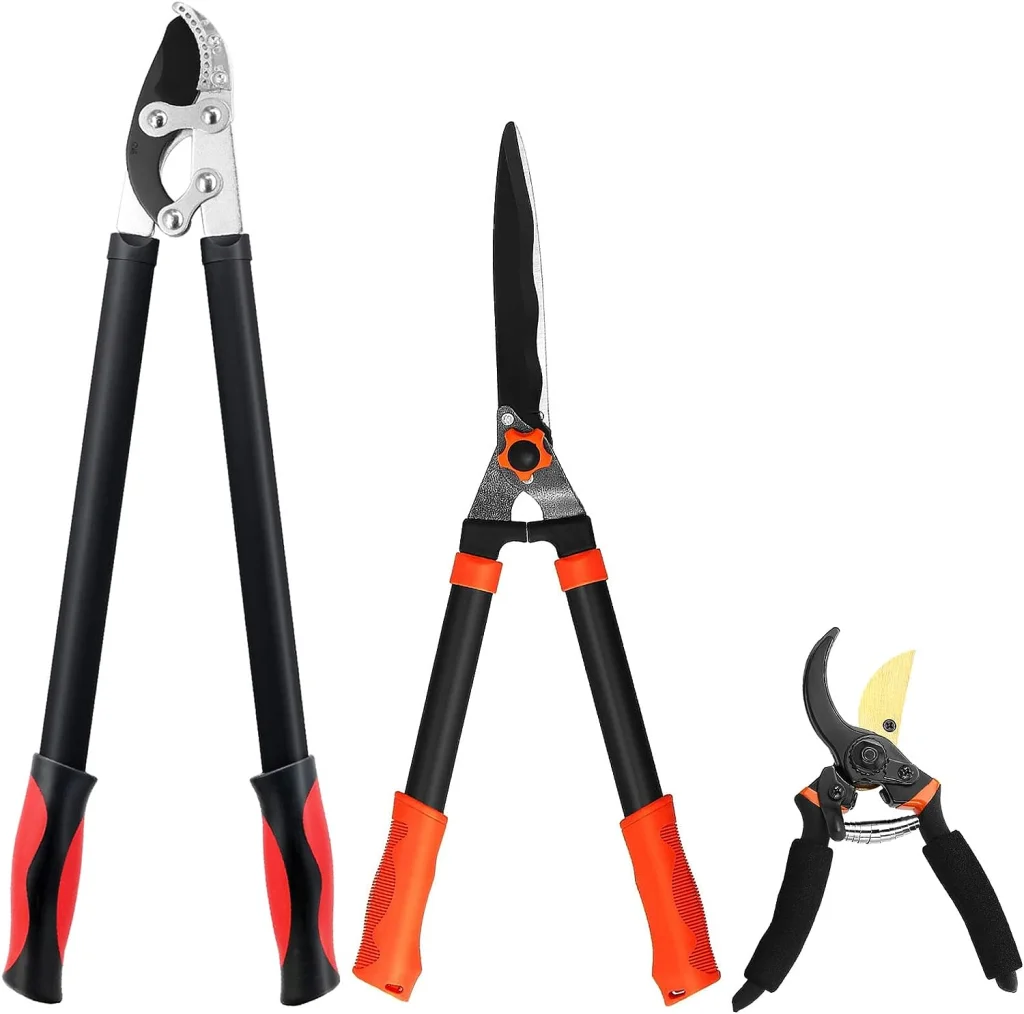
Now that you know what tree trimming and tree pruning is about, let’s place them head to head and compare their differences.
| Pruning | Trimming |
| Pruning tackles diseased leaves and branches and keeps aways pests and bugs. | Trimming is all about keeping things neat and mainly for aesthetics. |
| Helps sturdy and strong branch growth. | Trimming keeps plant branches growing within your set boundaries. |
| Pruning makes your fruits juicier and more plentiful! | Trimming lets you get creative. You can shape your bushes into whatever cool designs you want. |
| Pruning aids plant growth because it takes out weak branches and leaves giving room for new shoots. | Trimming can rejuvenate older plants by restoring their shape and vigor. |
Do the Differences between Trimming vs Pruning Matter?
Pruning and trimming, two practices that at first glance might seem the same, however they are quite different and this may leave you with the lingering question, “Do the differences matter?”
Firstly, we’ll say they do matter. These differences between trimming and pruning matter because while one caters to aesthetics, the other is for your plant’s health. It’s like comparing apples to oranges, fruits with unique flavors with different appeals.
If you trim a sickly and dying tree in the hopes of saving it from dying, it may stay alive a little while longer, but still die. However, when you carry out pruning on a dying tree, the chances that that tree will be saved is far greater. Meanwhile, if you prune instead of trim, your plant will grow sturdy leaves and branches that could exceed their boundaries.
Now that you know the differences, let’s discuss whether using a VEVOR telescopic pole saw for trimming is better than the VEVOR pole pruner for pruning or vice versa.
Which is better? Trimming or Pruning?
Trimming and Pruning are both good and none is better than the other. Your choice depends on your reason for grooming your tree. Trim your trees if you want a structured garden, and prune them if you prioritize your plant’s health.
Are you still confused? That’s okay. Here’s a breakdown for clarity.
Benefits of Tree Pruning
- It encourages fresh growth.
- It helps airflow and sunlight improve the plant’s health.
- Produces blooming flowers and fruits by receiving enough nutrients.
- Using VEVOR pole pruner fixes and strengthens wobbly stalks.
Benefits of Tree Trimming
- It beautifies the plant.
- It allows bushy and blooming growth.
- It removes any sick or damaged bits.
- Use a VEVOR pole trimmer to keep your plants from getting too big.
Here are some more tips to help you best maintain your trees. It’s easier than you think, and you can become a pro following these rules.
Conclusion
To wrap it up, when it comes to taking care of trees, trimming is all about making branches look nice and giving them some breathing room, while pruning is about keeping those trees healthy and strong. Knowing the difference is vital to keeping your trees healthy.
The VEVOR tree pruner is a standard go-to for many tree lovers. It’s all about getting the job done right, making those cuts precise and effortless. With an effective tree pruner, you can keep your trees in top-notch shape, look good, and stay healthy for years.
FAQs
Are there Disadvantages to Trimming and Pruning?
There are some downsides when trimming or pruning a tree. Too frequent pruning stresses out your plants, makes them more prone to diseases, messes with their flowering and fruiting, and even messes up their appearance.
Over-pruning can shorten life spans, bad cuts weaken the tree, good pruning costs a pretty penny, too much cutting weakens the tree, pruning can stress out trees, and cuts invite bugs and germs.
Over-trimming a tree can also cause stunted growth of the branches and leaves. So, in whatever method you choose, moderation is key.
It messes up the natural look, stresses out the plants, kills flower or fruit growth, invites pests and diseases, messes with the environment, costs money and time, and plants grow back too fast.
When Do You Need Trimming or Pruning?
Sometimes, you must choose between tree trimming and tree pruning because of your plant’s needs so look for these signs to know the difference.
- Dead or Sick Branches: Dead or diseased branches spreading need the touch of a VEVOR pole pruner.
- Overgrown Branches: Are branches growing wild and close to your house, power lines, or neighbor’s yard? It’s time to rein them in with a VEVOR pole trimmer.
- Crossing Branches: Overlapping branches causing friction need cutting and pruning works best although trimming also works.
- Air and Light Issues: Trim dense and shady canopies to let in more light and air for healthier plants.
Are there Different Types of Trimming?
Trimming is all about making your tree look good and keeping it from causing any accidents, and there are different ways of going about it. The words include “pruning,” but the action is trimming, so don’t confuse it. The types of trimming are fine pruning, standard pruning, and hazard trimming, each serving its purpose. Fine pruning is trimming your tree to a desired shape, standard pruning is a routine trimming of branches and leaves to a specific size, and hazard trimming is to prevent accidents by cutting unruly branches.

